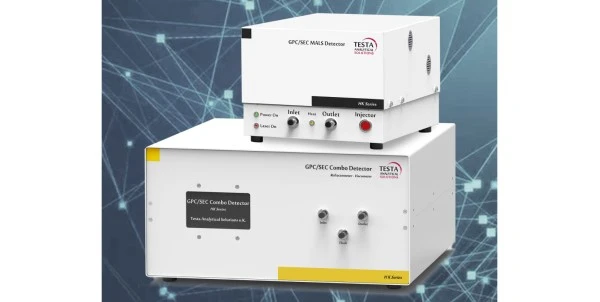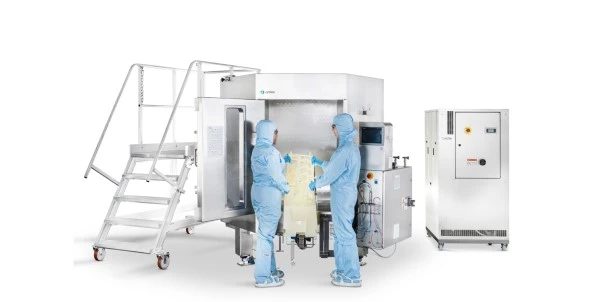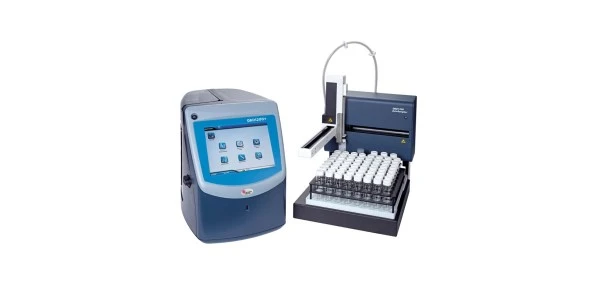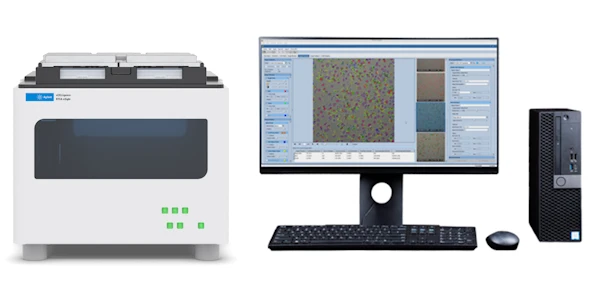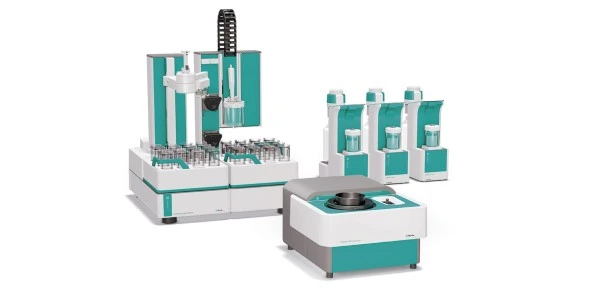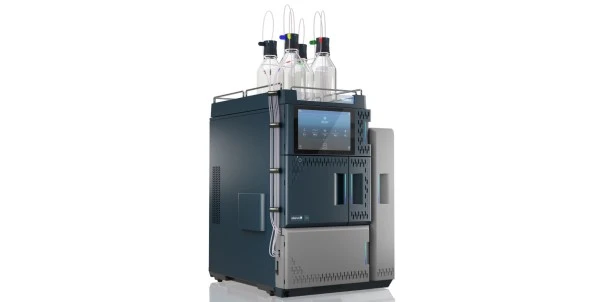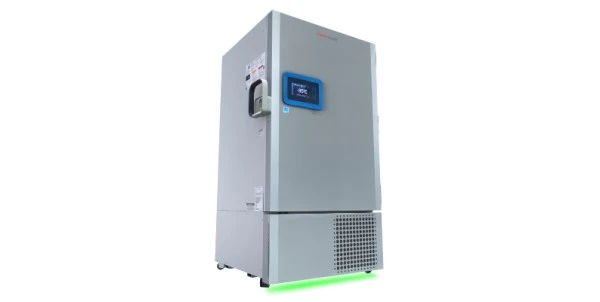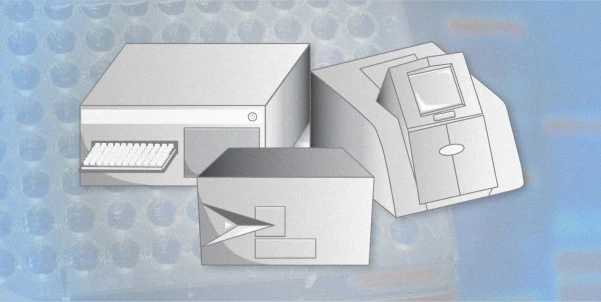
Tips and Features to Consider when Buying Your Next Microcentrifuge
A microcentrifuge is an important research tool in your lab. It can also be a source of frustration if you don’t make the right choice. Since no microcentrifuge is ideal for all situations, LabX.com markets hundreds of microcentrifuges to meet a wide variety of budgets and research needs. This article is designed to help you think about how your lab uses a microcentrifuge so that you can select the best instrument for your lab’s needs.

Here are five points that most easily come to mind when you are considering your purchase:
-
Price -You know your budget and what you are willing to spend on an instrument. The following points can help you select the best instrument to fit your needs and fit your budget. Also consider that LabX.com markets used microcentrifuges. If your budget doesn’t support what you really need or want for a new instrument, consider buying a good used microcentrifuge that does have the extra features you want.
-
Capacity -Some microcentrifuges have a fixed capacity for tubes. Usually the rotors accommodate 16, 20, or 24 - 1.5 ml microcentrifuge tubes. However, if you are thinking of buying a 16-place microcentrifuge, consider how your lab will use the centrifuge. Do they routinely run gels in which they load 20 or more samples? In this case, a 16-place rotor means they have to do two runs for every step required to get the samples ready for gel electrophoresis. This is slow, inefficient, and annoying. If a 16-place rotor does fit your usage patterns and is a good price, then get it.
-
Variable speed -Some microcentrifuges operate at a fixed speed (usually 13- to 14-thousand RPM). More expensive models have variable speeds. Variable speed can be useful for some procedures. Consider whether variable speed is a feature you need to spend extra for.
-
Adjustable timer -Most microcentrifuges have a timer that requires you to turn the dial past a set point, then adjust to the desired run time. Newer models have digital entry of the desired run time. Others have an extra push button that allows you to operate the microcentrifuge without a timer—it stays on for as long as you hold the button. This is a useful time saver when your lab has to perform a number of quick spins. For you as buyer and user, how easy is it to adjust run time on the model you are considering?
-
Refrigeration -For some samples, refrigeration is important to prevent or slow degradation of samples, or to improve recovery by chemical precipitation. If you need this capacity rarely, you can operate your microcentrifuge in a cold room. However, for comfort and accessibility, buy a refrigerated microcentrifuge if your lab routinely works with samples that need to be kept cold. (Extended exposure to the high humidity found in a cold room is not recommended for most electronic equipment.)
Here are three more points to consider. They might not seem as obvious except if you have worked in a lab in close quarters with a microcentrifuge. However, they are important for lab safety and comfort.
-
Noise -Some microcentrifuges are loud. This can be especially bothersome if the lab has other ambient (background) noise or the microcentrifuge is located in the lab at a particular person’s bench or near a piece of equipment like an HPLC. The person at the bench or using the HPL is trapped next to a noise maker. It can cause stress, annoyance, or lab conflict. (See the article Quiet Revolutions, for examples of the importance of a quiet microcentrifuge).
-
Ease of cleaning -Most microcentrifuges have a rotor that is easy to remove, either to clean or to replace with a different capacity rotor. Microcentrifuges get dirty—and sometimes smelly. The combination of high speed and overfilled sample tubes means bacteria, media, dyes, and radioactive materials will escape the snap top lid and spray coat the inside walls of the rotor chamber. Depending on the nature of the spilled materials (bacterial, radioactive), cleaning needs to be easy and frequent. Some microcentrifuges have a lid that covers the samples (this contributes to quiet operation) but also means more parts (lid and rotor) may be contaminated with bacteria or radioactive samples.
-
Ease of disassembly -Sometimes your microcentrifuge just doesn’t sound right or doesn’t seem to get to full speed or accelerate to full speed as quickly as it should. Some models have a housing that can be quickly removed to look for problems. With high speed rotation comes strong air currents. Small, light materials such as parts of Styrofoam packing pellets, tape, dead insects, bits of paper and whole or partial sheets of lab tissue (Kim Wipes) have been found inside motor housings, causing suboptimal performance. Easy disassembly means quick turnaround and less downtime if your microcentrifuge is sent out for repair. Really easy disassembly means competent tool-handy lab members can check for materials in the motor housing very quickly, with down time being a half hour or less.
If you can’t find the answers to these questions on the ads in LabX.com, request a quote from the manufacturer or reseller and ask about the features you want.
